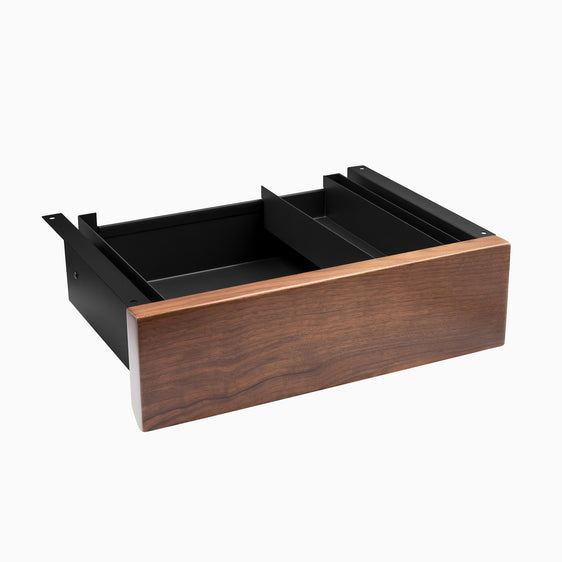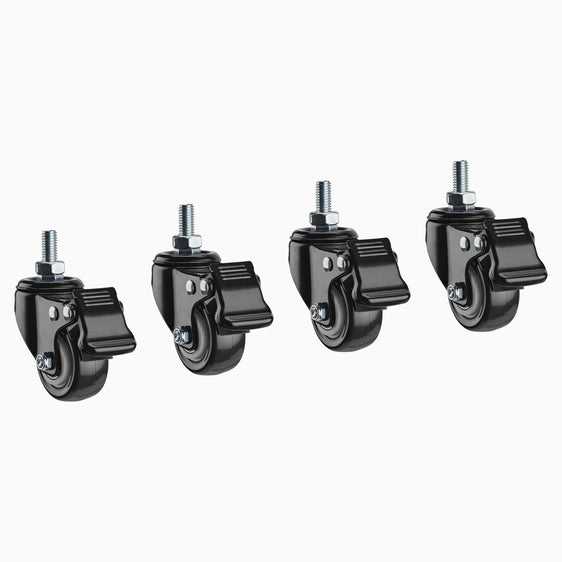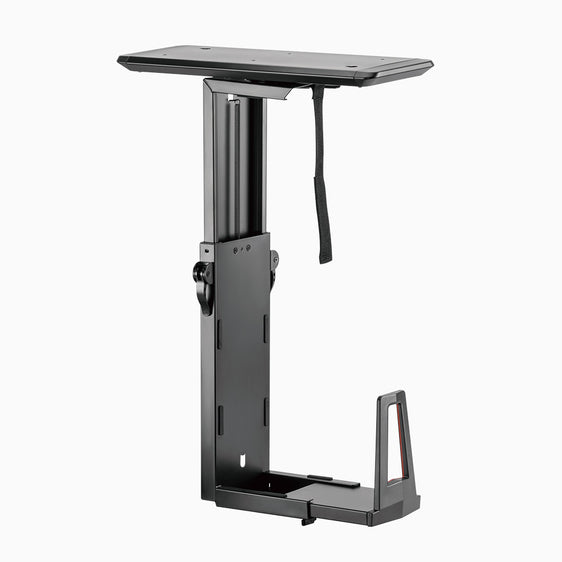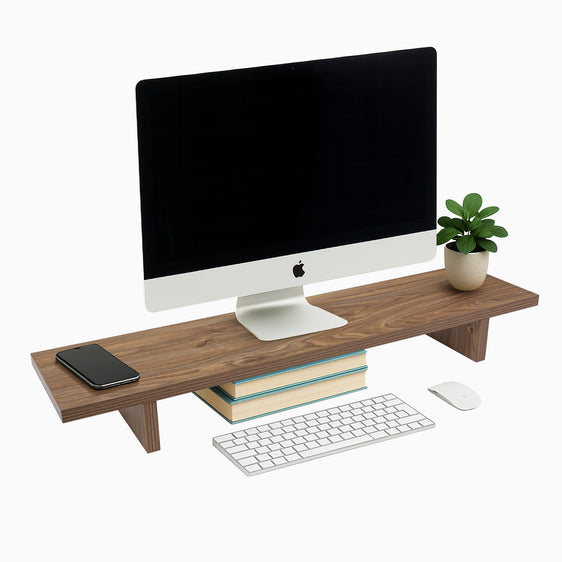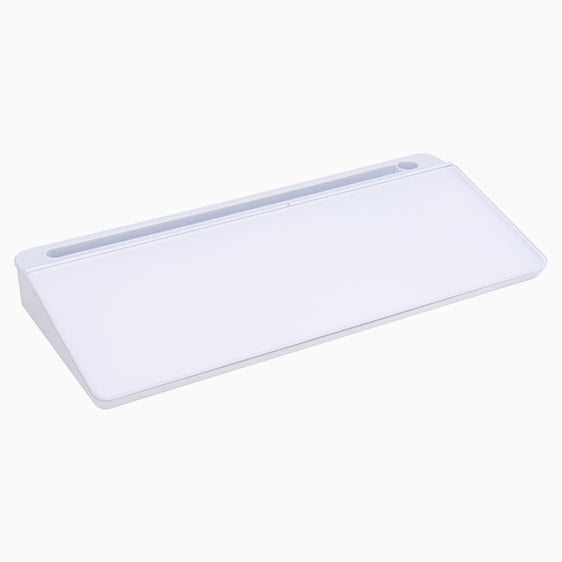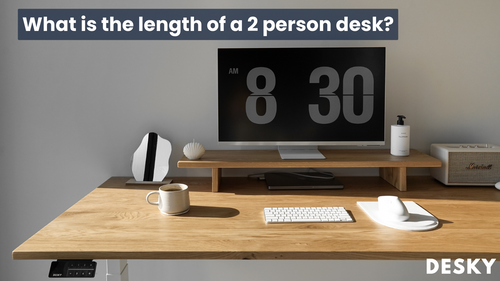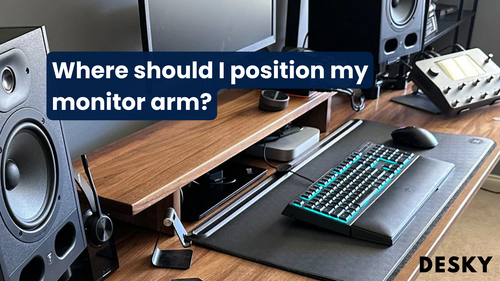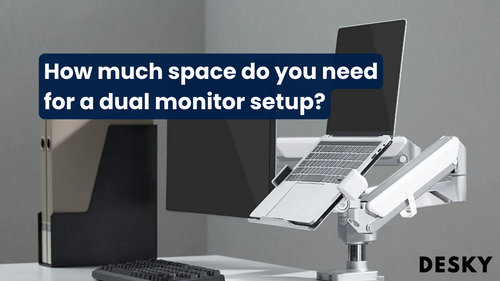
FAQ
Why does my office chair go up on its own?
Hayden AdamsEver wondered why your office chair has a mind of its own, constantly rising and falling without any user input? If your office chair keeps rising unexpectedly or your office chair goes up on its own, it can be both perplexing and uncomfortable. This issue, often described as an office chair rises by itself, can disrupt productivity and make sitting frustrating. Let's dig into why this mystery occurs, what causes these random adjustments, and how to solve it effectively.
The Need For Adjustable Chairs
In the endless quest for optimal comfort, an adjustable chair emerges as a significant tool. By enabling you to maintain a relaxed and natural position throughout your workday, height-adjustable chairs are instrumental in alleviating discomfort.
By eliminating the pressure points that are commonplace with stationary chairs, they create a comfortable workspace and promote better circulation to reduce numbness and discomfort in parts of your body, particularly in your lower limbs. Besides, adjustable chairs, often known as swivel or office chairs, are synonymous with flexible, ergonomic seating.

Rotating Movable Chairs
The distinct capacity for movement sets swivel chairs apart, making them a highly favored choice for many office-goers. Their design curtails the need for unnecessary twisting and turning, providing the user with a greater range of movement while comfortably seated.
For individuals prone to lower back complications, these chairs can significantly diminish the strain they experience during movements while seated and can help maintain good posture.
Executive Chairs
Ergonomic solutions extend to the realm of executive chairs as well, with different types for various needs. Some popular options include mesh executive chairs like the Desky Adjustable High Back Mesh Chair, known for their breathability, ergonomic executive chairs designed for maximum comfort; elegant leather executive chairs; and heavy-duty executive chairs built for long-lasting use.
Benefits of Adjustable Height Chairs
- Facilitates optimal posture
- Promotes healthy blood circulation
- Reduces back and neck discomfort
- Boosts productivity by providing comfort
- Accommodates various body types and preferences
Types of Adjustable Seats
Office chairs are essential pieces of furniture that provide comfort and support for various tasks and activities. One of the features that office chairs offer is the pneumatic seat height adjustment, which allows you to adjust the height of the seat by using a lever or paddle under the seat.
Another feature is the tilt with adjustable tilt tension, which enables you to recline the chair backward and adjust the amount of force needed to do so. A third feature is the tilt lock, which allows you to lock or unlock the tilt of the chair in a desired position. These features help you customize the comfort and support of your office chair.
What Makes Chair Go Up And Down
Pneumatic cylinders play a crucial role in managing an office chair's movement. These cylinders use compressed gas, which flows through a chamber to push a piston in a specific direction. If you're wondering, how do office chairs go up and down, it’s the pneumatic cylinder that allows the seat to adjust height smoothly. Similarly, how do chairs go up and down in general? The mechanism relies on the controlled release and compression of gas within the cylinder, enabling easy and precise adjustments. This simple yet effective technology is what makes height adjustment effortless in modern chairs.
As a result, this force enables the adjustment of the office chair's height. To maintain the movement, it's essential to keep the pneumatic cylinder in good condition, e.g., by regularly checking for signs of wear or leakage.
How To Adjust An Adjustable Chair
Height adjustment for office chairs is a fairly straightforward process. Typically, a lever located under the seat is in charge of controlling it. By pressing and releasing this lever, you can either raise or lower the chair's height to find a comfortable sitting position.
Butterfly and frog mechanisms in chair
In the world of office chairs, the Butterfly and Frog mechanisms reign. Each plays a crucial role in your chair's functionality. So, what sets them apart?
The Butterfly Mechanism is recognizable due to its single controller used for maneuvering the chair's height and locking it into position. Known for its ease of use and compact size, it's a go-to for many.
In comparison, the Frog Mechanism, featuring two distinct control sources, one for locking, and the other for raising the chair, offers alternative functionality.
Dealing with a Reluctant Chair
Got a chair that won't budge? This issue generally arises from a malfunctioning gas lift cylinder or adjustment mechanism. Below, we'll talk more about these and how to fix them.
Chair Not Going Up
If your office chair with height adjustment stubbornly refuses to ascend, a defective gas cylinder or lift mechanism is usually to blame. Instead of immediately investing in a new chair, you could consider replacing the gas cylinder yourself or utilizing professional chair repair services. Troubleshooting and repairing the issue can be a more economical and environmentally friendly solution. For those in need of a new seating option, height adjustable chairs provide reliable and smooth height adjustment, ensuring long-lasting functionality and ergonomic support
How To Replace Gas Cylinder
An inexpensive solution is replacing the gas cylinder. This task is doable for a DIY enthusiast. Yet, if such repairs aren't your strong suit, a professional chair repair service can provide the help you need.
To replace the gas lift cylinder, first turn the chair upside down and unscrew the base. Remove the old cylinder and insert the new one, making sure it is securely in place. Once the new cylinder is installed, reattach the base and test the chair to ensure it no longer sinks uncontrollably.
With this simple fix, your office chair will be back to its original, comfortable state in no time.
{{ spec_luminous_mesh }}
Height Adjustable Chair Keep Going Down
At times, you may notice that your adjustable chair frequently lowers itself, a problem known as 'sinking'. This issue typically arises due to a breakdown in the pneumatic cylinder's sealing mechanism, which maintains the chair height via pressure control.
Over time, wear and tear or damage could compromise the mechanism, leading to the loss of hydraulic fluid or gas, thus causing the chair to 'sink'.
Why does my gas lift chair keep sinking?
Typically, the sinking problem occurs when your chair's pneumatic cylinder, which is essentially a spring charged with air, fails to retain its functionality. This sinking sign is a red flag that your cylinder is giving up.
The cylinder extends out of the chamber, causing the air inside to expand and the seat of your chair to descend. Persistent sinking thus indicates a non-functioning cylinder. You can learn more about this and find some easy ways to fix this common issue in this article on How To Fix A Sinking Office Chair: Five Easy Steps.
Fixing Gas Lift Chairs
One of the crucial elements to maintaining your office chair’s performance and lifespan, the gas strut, could eventually surrender to wear, tear, and damage. Over time, depleted gas struts may cause uncomfortable seating or uneven height adjustments. Replacement of the gas strut is therefore inevitable at some point to ensure your chair's longevity and functionality.
Can an office chair be regassed?
Regassing chairs, though less known, is indeed possible and serves as an effective fix for sinking chairs. A defective gas cylinder affecting the chair's lift can be replaced to resolve this issue. Some cylinders may necessitate replacement if they are unstable, loose, off-center, or wobbly, thus obstructing your chair's optimal operation and comfort.
How To Properly Adjust Chair
Further to this, the fine-tuning of chair height is pivotal for maintaining good posture. To achieve the correct height, first stand in front of the chair. The seating should roughly align with your kneecaps.
When you sit down, your feet should touch the floor completely, and your thighs should rest parallel to the ground. This level of adjustment provides crucial lumbar support, reduces pressure on your thighs, and promotes healthy circulation in your legs.
Conclusion
To sum up, office chairs that fail to maintain their height or adjust without command are usually dealing with issues related to their pneumatic cylinders.
By obtaining a better understanding of how these components work and how to maintain them, we can ensure our chairs provide the proper support and adjustability they were designed for, contributing to an ergonomic and productive workspace.
Choosing the correct ergonomic chair can make the difference between a productive day at work and one filled with unnecessary hassles. Remember, care for your chair as it cares for your comfort and productivity!

